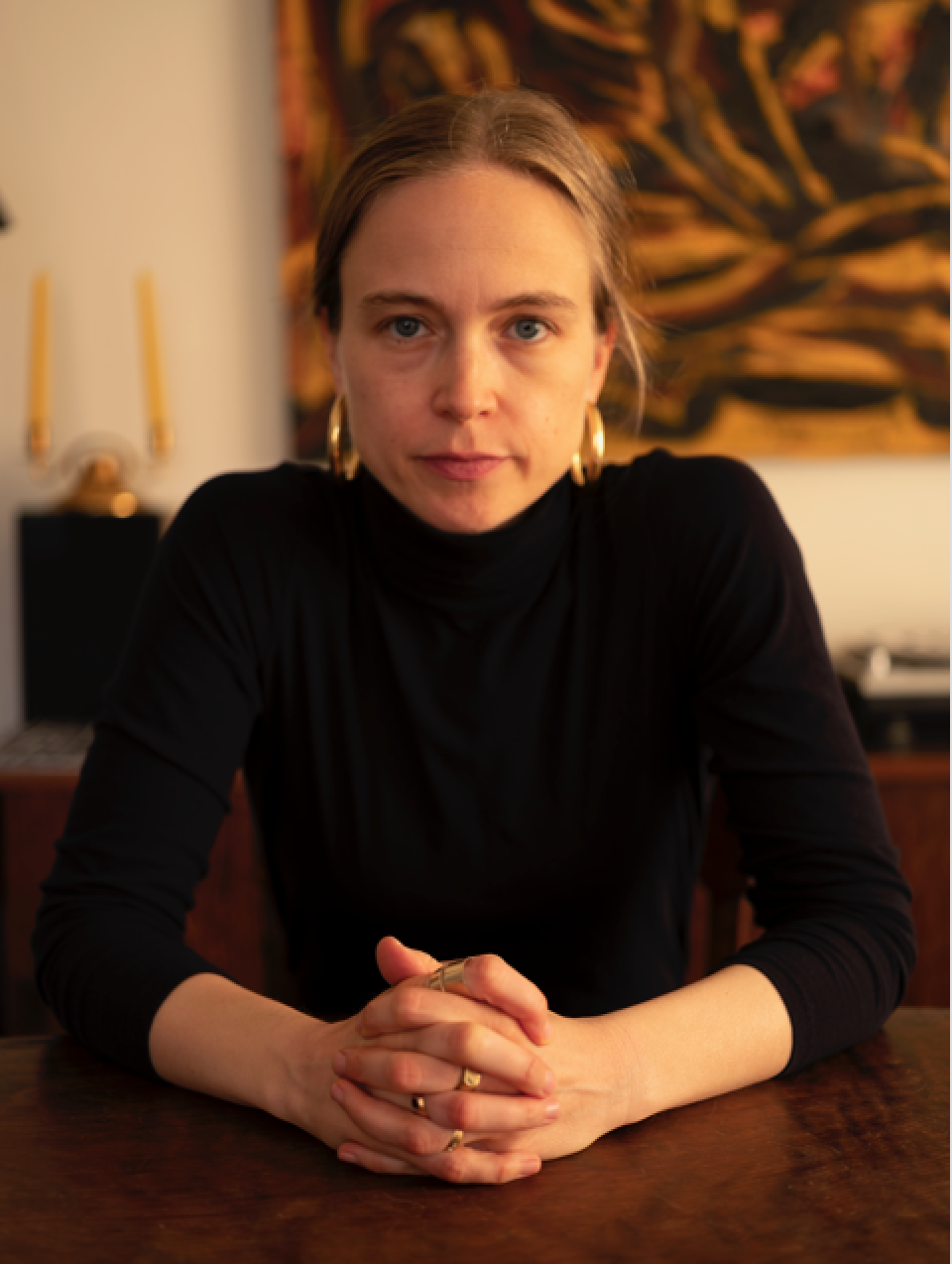
“Her life is a kind of life that doesn’t exist anymore, or is really rare. This sort of small town life where your entire family is around, and you know everyone in town because you’ve lived there your whole life. She’s an eighty-six-year-old woman but she’s not lonely or isolated in the way people often seem to be now. She belongs to a community. And I really long for that.”
Three of Kathryn Scanlan’s Preferred Objects:
Dogs
Potatoes
Hair
For over a decade, Kathryn Scanlan “edited, arranged, and rearranged” a small selection of text she’d made from a stranger’s diary found at an estate auction. The result of this work is Scanlan’s debut book, Aug 9—Fog, and in her introductory note Scanlan asks of the diary, “Why does it compel me so? Isn’t it terribly banal?” But the language throughout Scanlan’s book is surprising, so full of texture that I found myself copying down many of the pages. “Vern put me a light in ceiling. Put light down in Vern’s lungs. Putting up pictures. Blowed up cooler in eve.” Another: “All kinds of roads. Dead end roads, roads under construction, cow paths & etc but had good time, a grand day.”
This diarist began keeping her five-year diary when she was eighty-six years old. She painted, knitted, did jigsaw puzzles, canned food, made frequent visits to the cemetery, and lived among family and friends in an Illinois town where she knew her neighbors. Scanlan organizes her book by season and uses the diarist’s wide-ranging and particular observations to create a narrative filled with little delights and all the stuff that makes up a life.
Kate Zambreno writes in The Appendix Project, “I wish often for writing to do what sculpture or collage does. How can writing achieve dimensionality, be aware of space? A paragraph like a frame, a box, or a room. Can one walk around a paragraph?” Aug 9—Fog is composed of pages that invite one to walk around in them. We read into such lines as “Mother & daughter banquet, we didn’t go.” We learn of a neighbor’s death with, “She looked very nice. Lots beautiful flowers.” Though spare in words and slim of spine, Aug 9—Fog demands attention, and each time I read it, I see something new in it—a focus on colors, on patterns of sounds.
I first encountered Kathryn Scanlan’s work in the pages of NOON, a literary annual where I am currently a senior editor. In May, cross-legged on a couch, on a tree-lined street in Brooklyn, Scanlan and I discussed process, diaries, compression, as well as her stories, which are forthcoming in a collection from Farrar,...
You have reached your article limit
Sign up for a digital subscription and continue reading all new issues, plus our entire archives, for just $1.50/month.
Already a subscriber? Sign in




